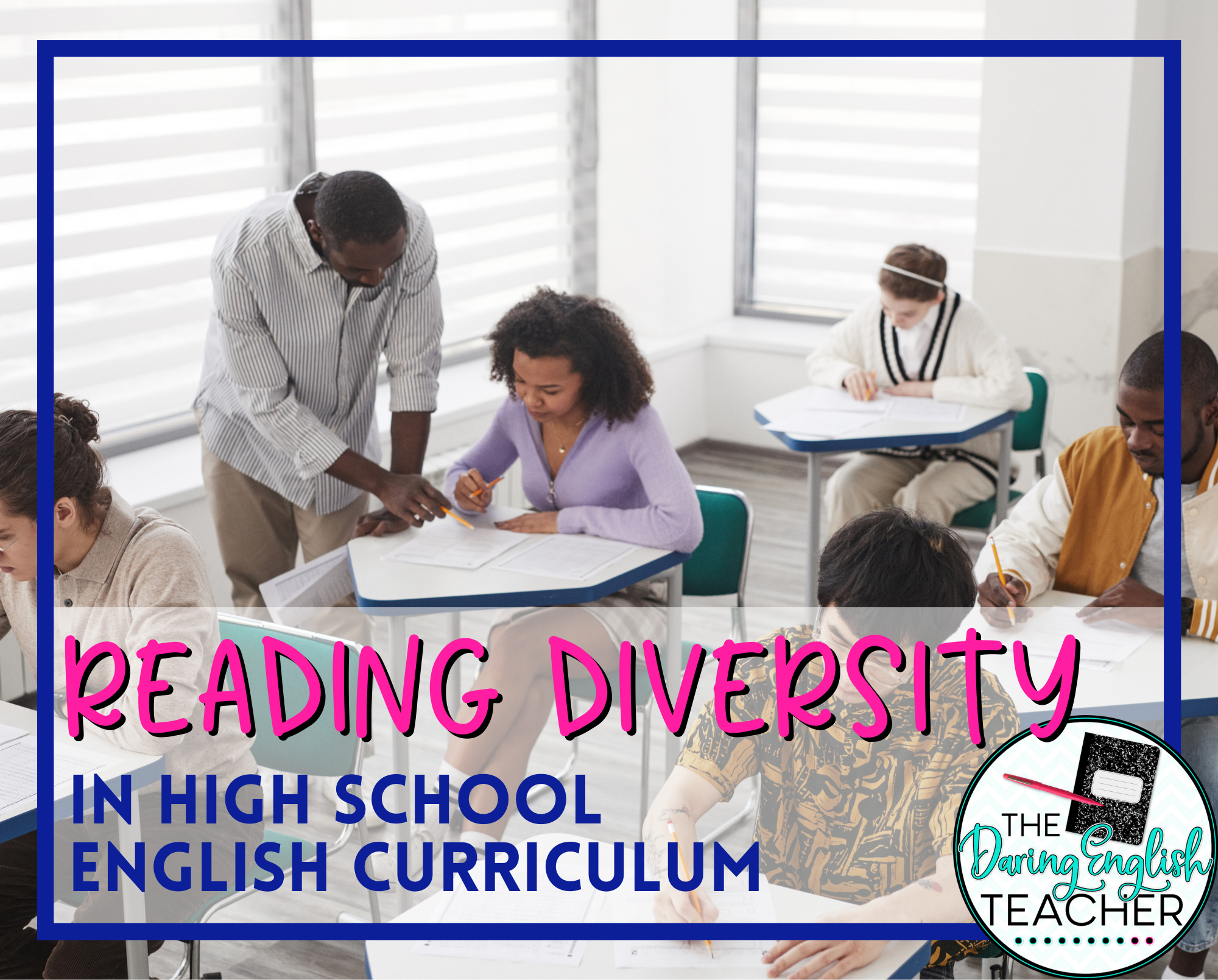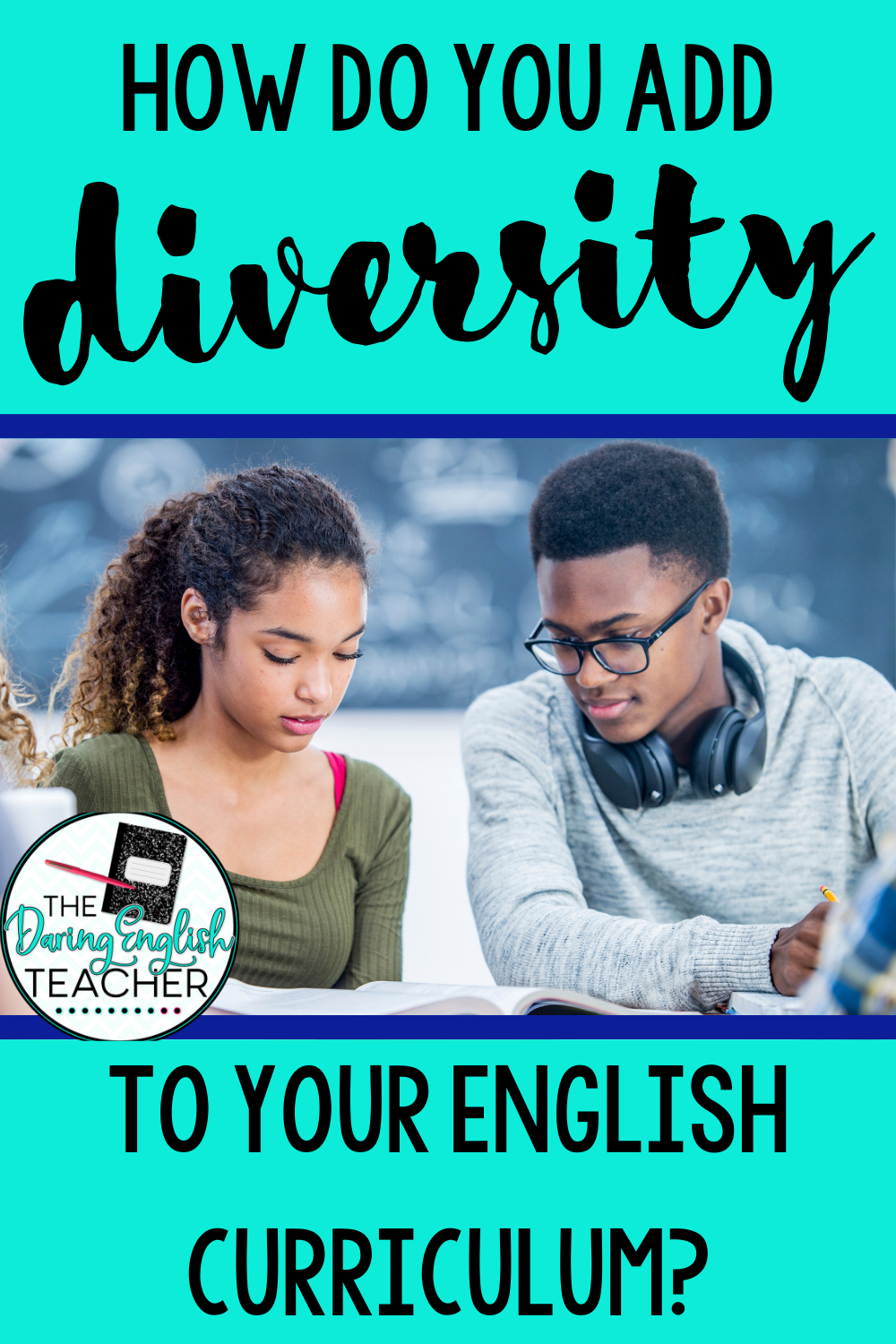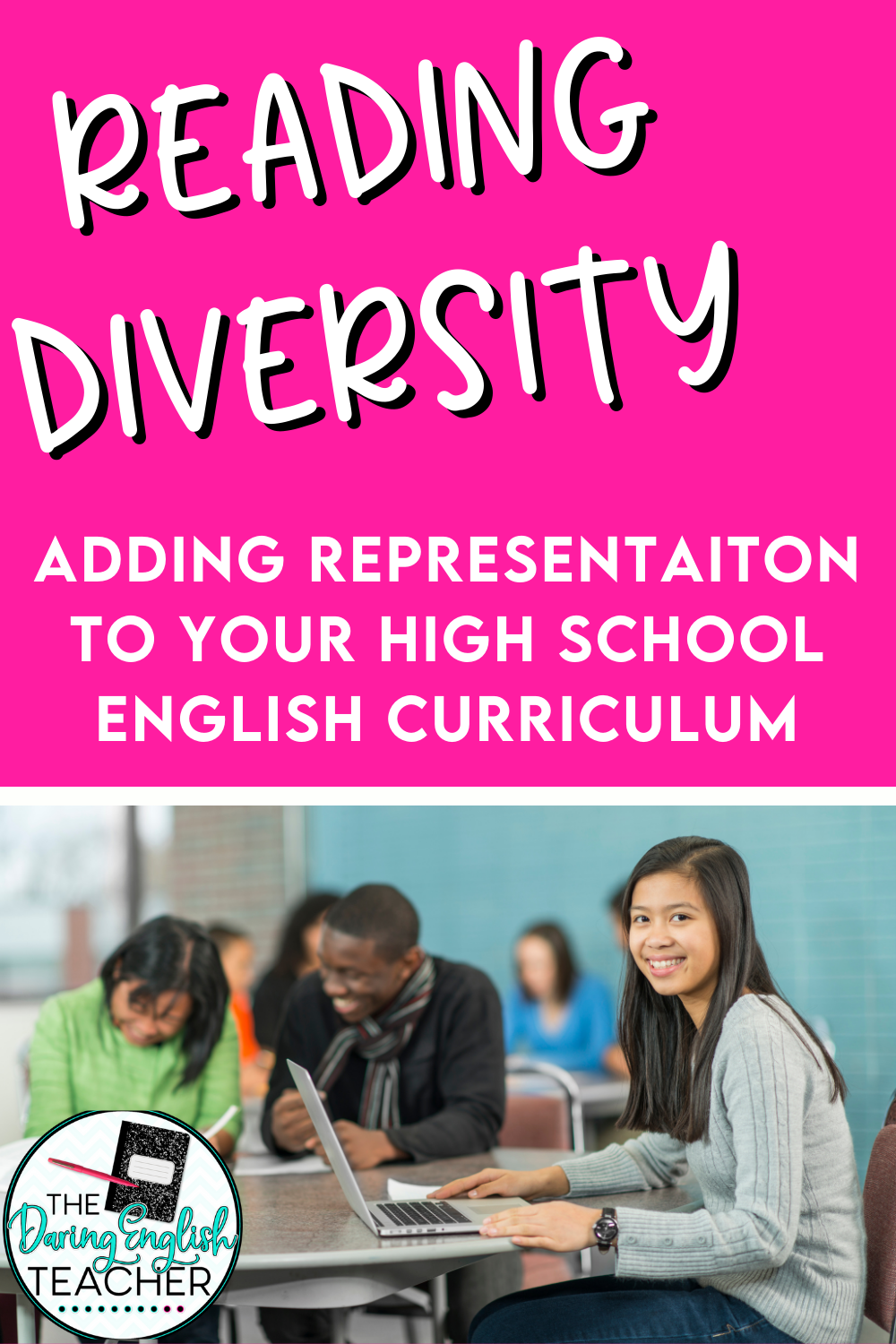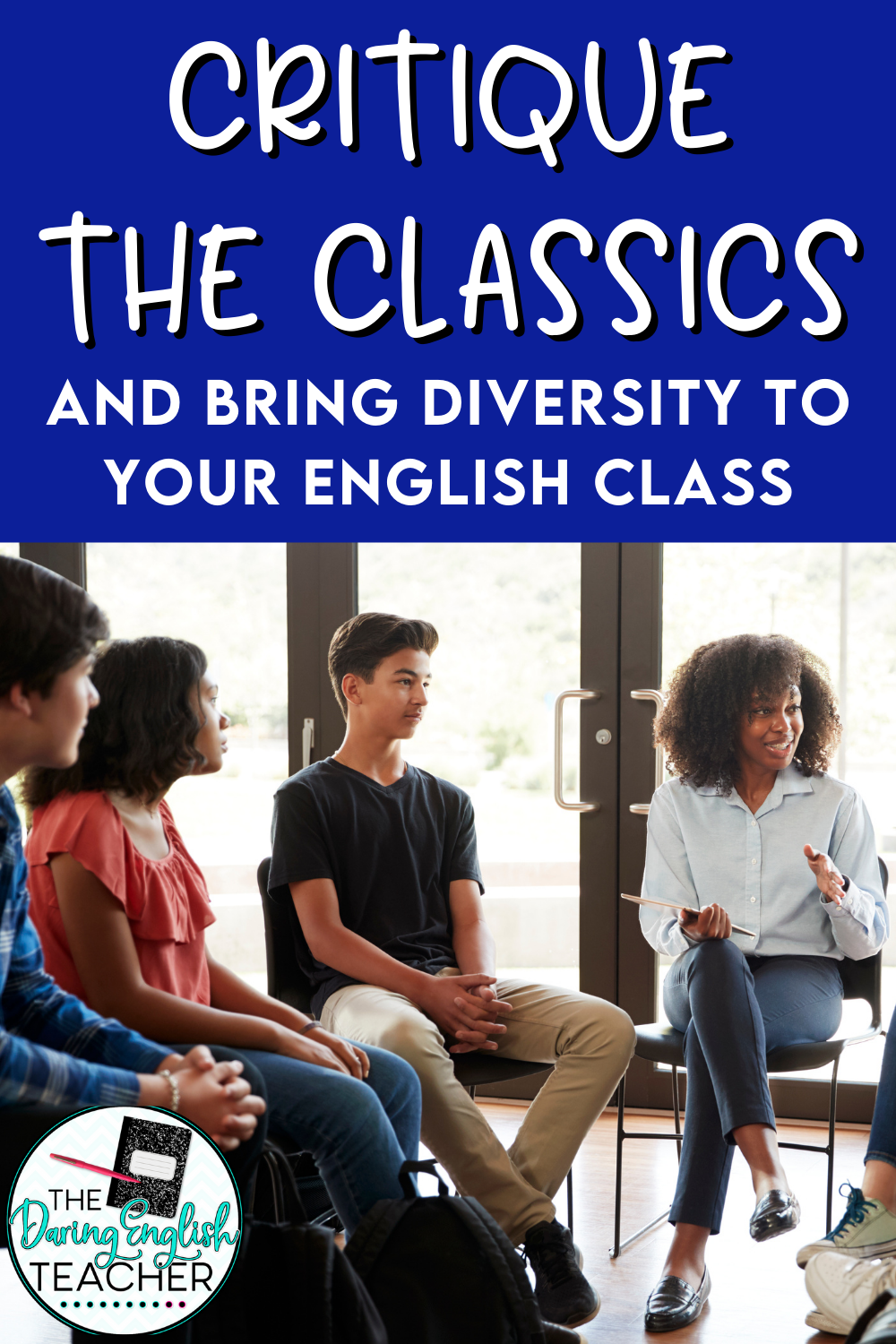If you do a quick Google search of literature read in high school – you get a pretty skimpy list.
And that skimpy list is probably full of outdated and poor representations of diversity.
The thing is, we know this is a problem, and yet almost all of the curriculum and unit studies out there are still centered on these same books. I bet if I did a poll, most of us would check off the same list of books no matter where we live or what decade we attended high school. Consider this: how many books do you teach in your classroom that you read as a student yourself? Shouldn’t that bother us?
Before anyone gets too hot and bothered about it, I do love the classics. I still think Canterbury Tales is some of the
dirtiest and most hilarious short stories you can read. Shakespeare bleeds into so much of our modern pop culture I think it makes a great foundation for students to understand what it means to be a “classic” author who understood the true themes of humanity. His plays were the Avengers films of the day.
So I’m not saying out with it all. But we should make a better effort to establish better connections with the students we teach.
Why is it important?
At the end of the day, it’s really not about my students remembering that one time I made them read Of Mice and Men. Or that we spent months analyzing To Kill a Mockingbird. Education should be about connecting to the world around us, to the other citizens that make up our communities, to be functional in society, and to learning where the information is when we don’t have an answer. If I want my students to connect to what they read so we can discuss the broader themes and motifs that will lead them to become better people – they need to connect with characters and authors who are like them.
When I think about my own education, particularly in my freshman and sophomore years when we had to read whole-class works – the only thing that comes to mind as something I read that wasn’t written by a dead, old, white man is TheHouse on Mango Street. It wasn’t until I could take electives as an upperclassman and in college that I was exposed to other authors and characters who didn’t fit the “white man canon.” Even novels such as Frankenstein, written by a woman, are written through a lens of inequality for women authors.
All that to say – I don’t want my students to have to hunt around a work and try to feel a connection. I don’t want them to shut down in class when we read something because another dead white guy wrote it. What a shame that I need to go out of my way to find works for my students to connect to or that we have to have a whole separate elective to find novels that my students will relate to. It’s important because our students are important. Our curriculum needs to be filled with both mirrors and windows in order to provide our students with a rich literature base.
How do you incorporate diversity into the curriculum?
I absolutely understand feeling like your hands are tied. Some of us have more freedom to tweak the curriculum than others. And, unfortunately, we sometimes face backlash on our choices. Hopefully, you can find something from this list that will help you incorporate reading diversity.
Don’t Just Teach What You Know
One problem is that we teach what we read in high school. We sort of perpetuate the problem by falling back on what we are familiar with. So even though you’re excited for a novel that you read (and maybe loved) when you were a student, doesn’t mean it’s the “best” novel for the moment.
Diversity Is Not a Checklist
Whenever I’m looking to add a novel or author to my curriculum, I ensure I am thorough in my selection. Students notice if you haven’t bothered to read a work. So don’t plunk a few books on your class library shelf and call it good. Bring attention to these novels. Specifically, look to offer them to students when they ask for book recommendations. Consider why your classics were included, and look for novels that fit that bill.
Be Critical of Classics
I think we can agree that none of us are saying, “Ban the classics!” Not in the same way that many contemporary and representative works are every day. If you find yourself in a bind of adding new pieces to your curriculum, then try to look at your current curriculum with a critical eye. Discuss with your students the representation of characters. Were people of color included? How were they represented? Did they have agency? Does the novel truly represent whatever theme you’re analyzing if not everyone is represented?
Create a Diverse Library
If you don’t have a class library, I highly recommend finding the space to do so. I used to have a small bookshelf to swap books from the school library that fit our unit. Students could supplement their own reading during free reads or check out the books they were more interested in. Even in my smallest of classrooms, I had a spot on top of the file cabinet of my personal books I recommended to students. Fill those with diverse authors and themes for students to have access.
Literature Circles
Rather than focus on a whole-class read of options, try literature circles. They are a great way to promote independence, and I like that students have options to pick what speaks to them. There are so many ways you can go about this, but you might find novels that center around a similar theme, a retelling of a “classic”, or just a collection of novels you think they will enjoy. Students select what they would most like to read, and you sort them into groups to read the novel. You can also include your classics in the lineup.
Find Retellings
If you aren’t sure where to start with diversifying your reading lists, start with retellings. Novels that are retold or updated for a modern era often include the same themes for discussions, but they also often have better representation. Look up retellings or modern novels to pair with whatever classic works you typically cover, and start reading what comes up. In many cases, I can reuse my thematic questions from previous lesson plans, so it doesn’t quite feel like I’m starting over.
What about your classroom? How do you incorporate reading diversity into your classroom? What have been your favorite lessons and novels to include? Do you feel like you come up against problems when you try to change the curriculum? Chat with the group on Facebook or Instagram or comment below.





